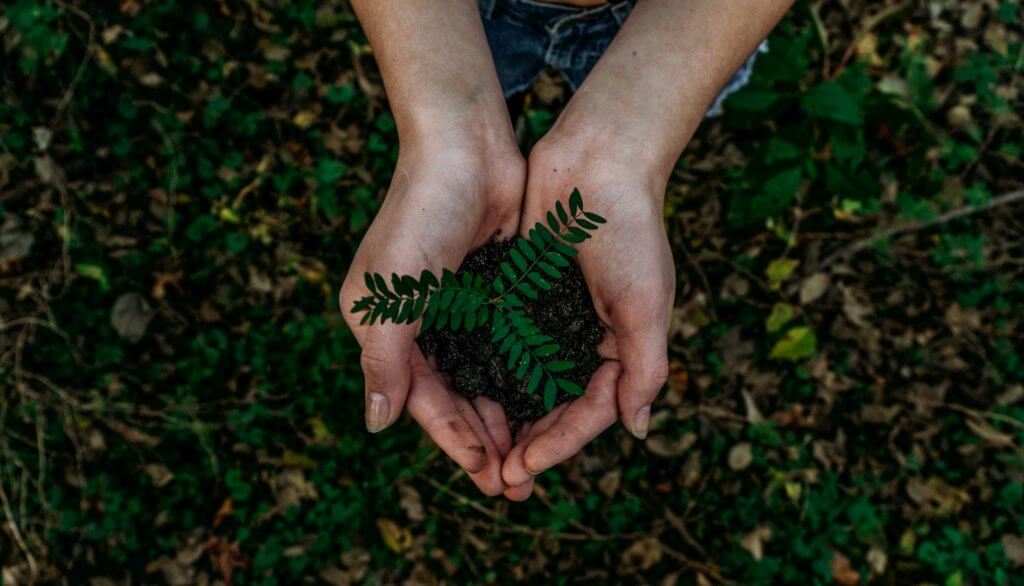6 Ways To Market Sustainability On Social Media

There’s no question that between the pandemic and elections, the issue of Sustainability has taken a little bit of a backseat in 2020 on social media. For example, between January – November 2020 there were 3,725,592 Tweets mentioning Sustainability which was a decrease of -2% from the number of Tweets mentioning Sustainability between January – […]
